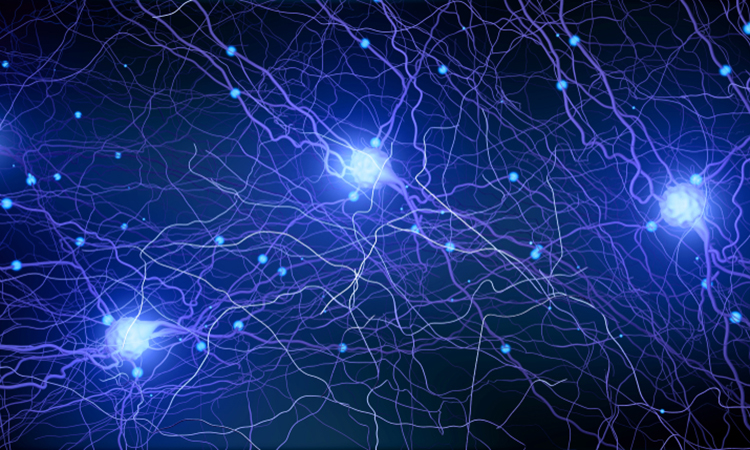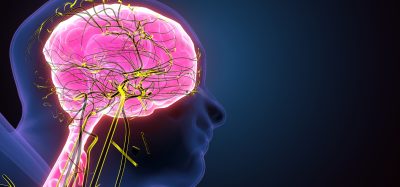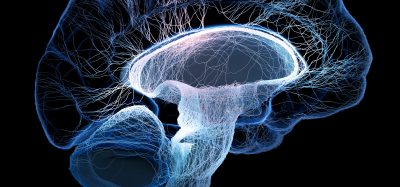Rhythmic brain activity helps maintain temporary memories
Posted: 28 April 2023 | Izzy Wood (Drug Target Review) | No comments yet
US researchers have discovered that rhythmic brain activity organises the neuronal pathways that maintain short-term memories.

New research shows that rhythmic brain activity is key to temporarily maintaining important information in memory. Researchers at the Del Monte Institute for Neuroscience at the University of Rochester, US, found brain rhythms- or patterns of neuronal activity, organise the bursts of activity in the brain that maintain short-term connections.
“The thought has been that the temporary storage of important information is linked to neurons in the brain that just fire away, retaining that information until it is no longer needed. Recent research, published in Current Biology, has shown that it might not be such persistent brain activity that matters most for the temporary storage of information, but rather a short-term strengthening of the connections between neurons that are representing the information. Our research shows that brain rhythms are organising these transient bursts over time,” said Dr Ian Fiebelkorn, Assistant Professor of Neuroscience and senior author of the study.
“The rhythmic coordination of brain activity over time is important because it allows overlapping populations of neurons to store different pieces of information at the same time.”
Fiebelkorn’s previous research around how the brain processes external information, made a similar discovery. He and fellow researchers found that brain rhythms help to coordinate different functions associated with either sampling presently important information or shifting to another source of information. In this context, brain rhythms help to balance focus on the task at hand with being prepared for the unexpected.
In this new research, researchers focused on sampling internally represented (or remembered) information. Using an electroencephalogram (EEG), participants looked at images with vertical or horizontal lines and were asked to remember both the line direction and the location of the image. Researchers found that the strength of the internal representations of these different images alternated over time, on a sub-second timescale, with rhythmic fluctuations in brain activity. Such coordination of brain activity over time allows the role of some neurons to overlap without conflict.
“These rhythmic brain processes might also explain how we can stay focused while multitasking- like when trying to remember an address while driving a car,” Fiebelkorn said. “Rather than simultaneously focusing on these tasks, we might be alternating between them on a sub-second timescale.”
How the brain multitasks is the next step for the Fiebelkorn lab. “What happens when the brain has to do external and internal sampling at the same time, will we see the same sort of rhythmic temporal coordination? That is what we are working to understand next. The more we are able to learn about how these processes typically work helps us understand how these things go awry in neurological disorders.”
Related topics
Imaging, Neurons, Neurosciences, Targets
Related organisations
Researchers at the Del Monte Institute for Neuroscience at the University of Rochester
Related people
Dr Ian Fiebelkorn







